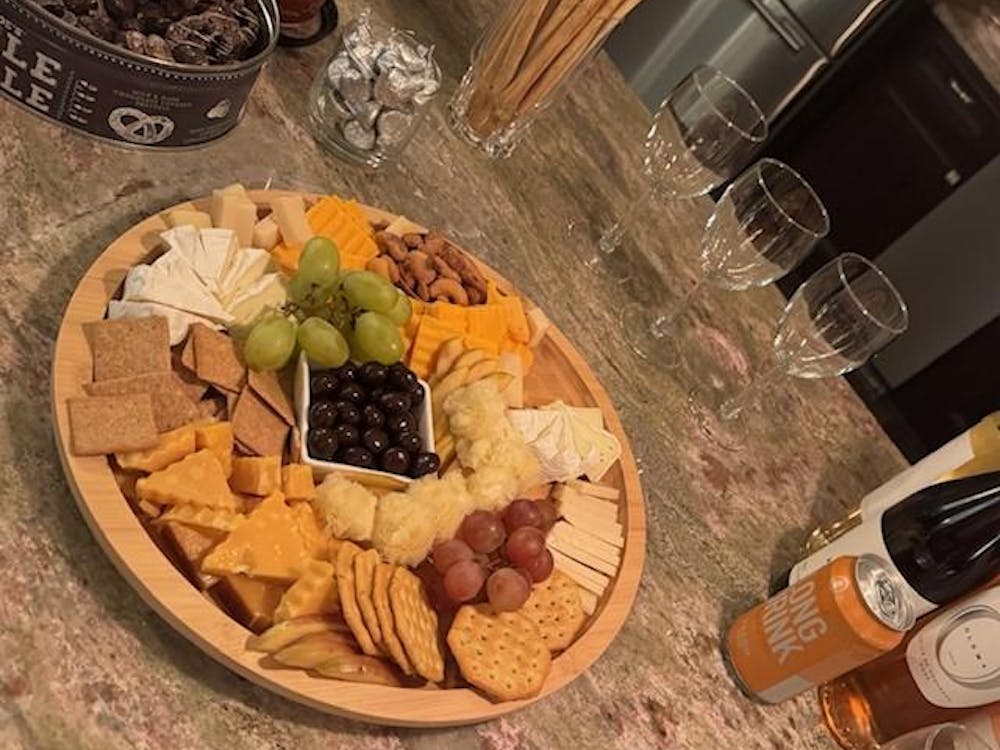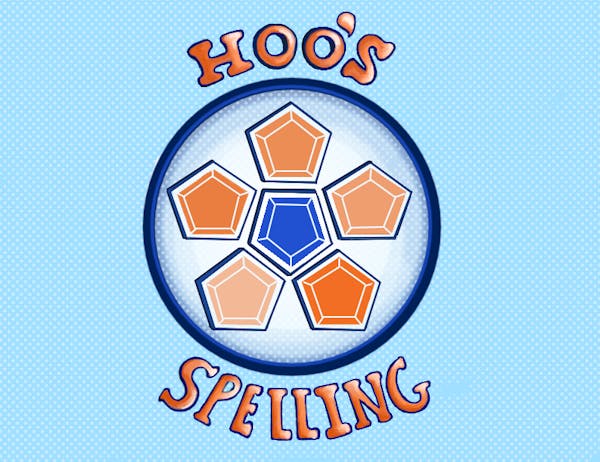The University of Virginia first confronted the issue of coeducation in 1892. In that year, Caroline Preston Davis applied to test for a Bachelor's degree in mathematics. The General Faculty decided that women would be allowed to take certain proficiency exams, but that was as far as the University would go toward educating women. If the women passed such an exam, they would receive a certificate of proficiency in that subject.
The faculty and the all-male student body were both against the coeducation of the University for various reasons. They feared that coeducation would "serve to draw [women] away from excellencies which made that sex such a power in the home. Under the colonnades, they would be certain to grow boisterous, familiar and bold in manners, and perhaps even rudely aggressive under the influence of an ambitious rivalry with male collegians."
The first woman to attend the University was Addis Meade. She applied to the University when she was 17 to earn an MA in Mathematics, but was turned down because of her age. She later returned and completed the master's program in the graduate school in 1894.
In 1901, the University started a two-year nursing program, the first program specifically designed for women. Four women started the program that year, but they received neither credit nor degrees for their participation.
That was the beginning of change at the University. In the summer of 1902, the summer session became "wholly coeducational." This summer session was populated with many female teachers trying to complete their Bachelor's degrees. Eventually their participation led to the founding of the Curry School of Education in 1910. Nevertheless, the University would not be considered fully coeducational until 60 years later.






